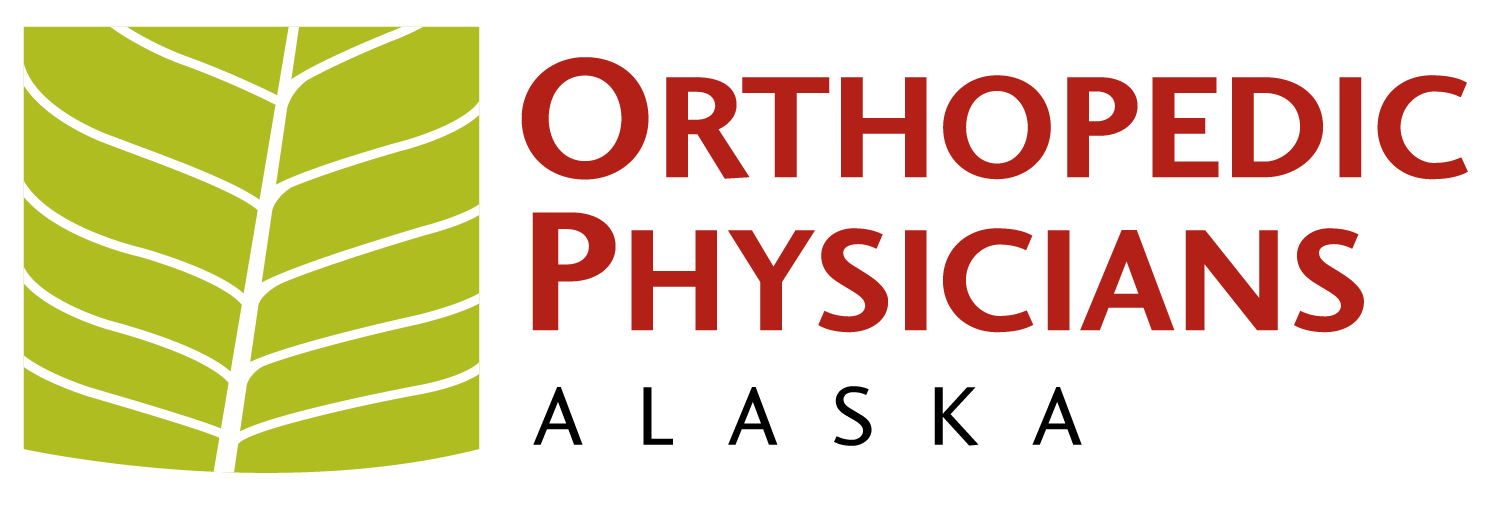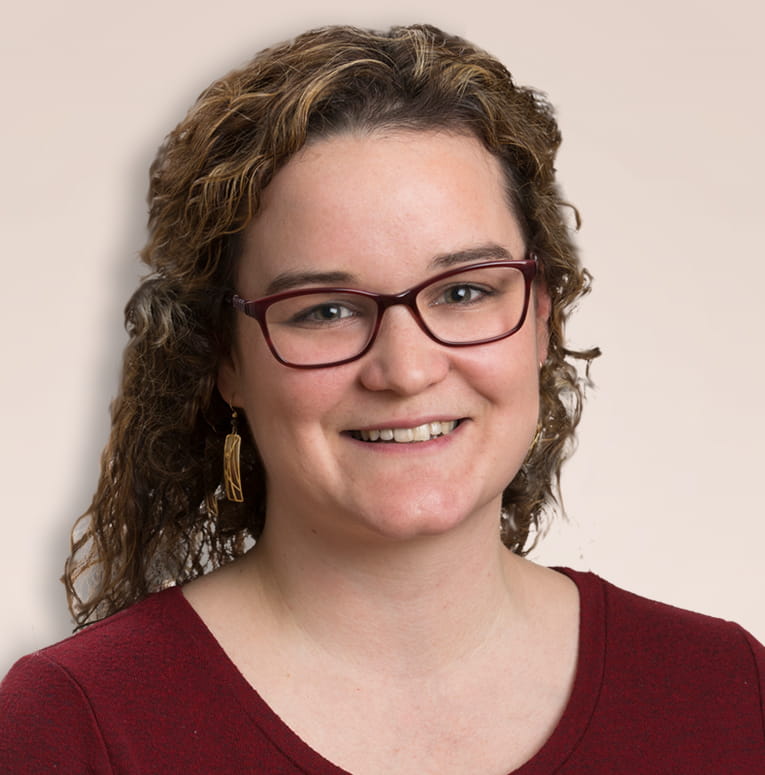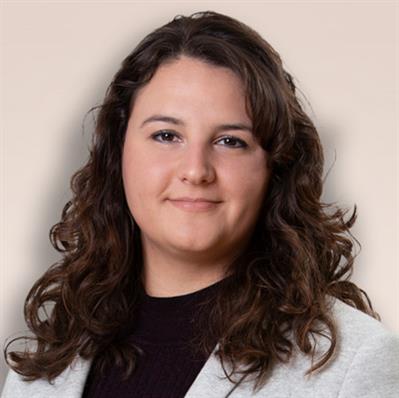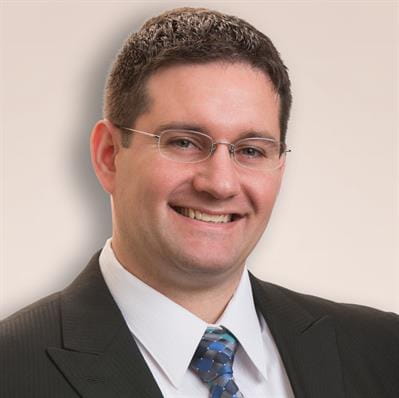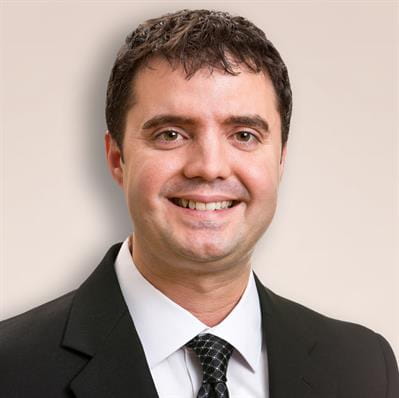Shoulder Dislocation
OPA treats a wide variety of shoulder conditions and offers comprehensive treatment options — including many non-surgical solutions.
What is a Shoulder Dislocation?
A partial dislocation (subluxation) means the head of the upper arm bone (humerus) is partially out of the socket (glenoid). A complete dislocation means it is all the way out of the socket.
Common Causes:
-
- Existing tear
- Sport injury
- Traumatic accidents
- Falls
Symptoms of Shoulder Dislocation may include:
-
- Pain
- Swelling and bruising
- Inability to move the arm and shoulder
- A visible anatomical deformity
When you arrive for your initial consultation, one of our team of shoulder specialists will evaluate your areas of concern, discuss your symptoms, and develop a customized and comprehensive treatment plan tailored to your unique needs. This evaluation is a necessary part of diagnosing your condition and providing the best possible care.
When diagnosing a shoulder dislocation, The OPA Shoulder Specialist:
-
- A medical, injury, and symptom history review
- A physical examination
- Multiple view x-rays
Once an official diagnosis is made, a customized treatment plan is prescribed. Treatment plans decrease symptoms as quickly as possible.
Common Treatments:
A shoulder dislocation may require immediate medical attention. If the shoulder does not relocate to its normal position on its own, a closed reduction is performed. Once the shoulder is relocated and the cause for the dislocation is determined, a treatment plan is prescribed. Nonsurgical treatment options include the following:
Injections
Physical Therapy
One of OPA’s onsite physical therapists prescribes and monitors strengthening and stretching exercises.
Rest & Ice
Surgical Treatments:
If nonsurgical treatment options do not reduce symptoms and stabilize the shoulder, surgical intervention may be recommended. The team of shoulder specialists has expertise in performing minimally invasive arthroscopic shoulder procedures. Two commonly performed procedures are:
Rotator Cuff Repair
Labrum Repair
Schedule Appointment with Our Shoulder Team

Shoulder
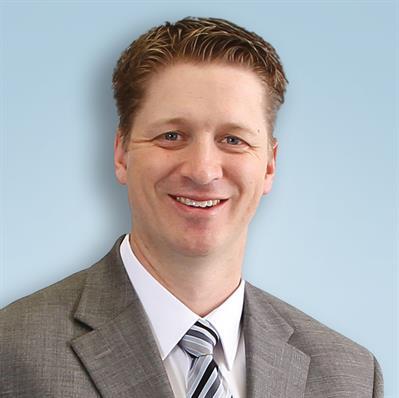
Sports Medicine

Joint Replacement

Sports Medicine
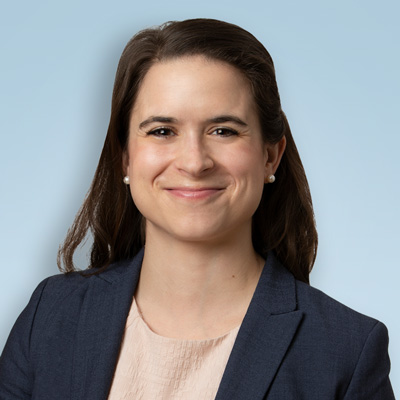
Shoulder
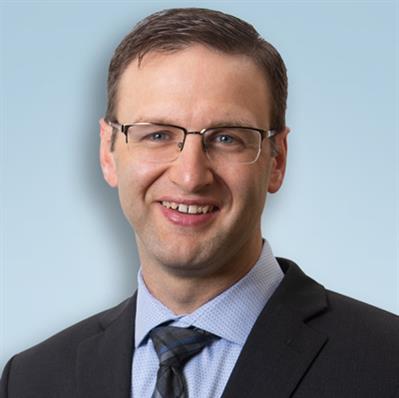
Shoulder
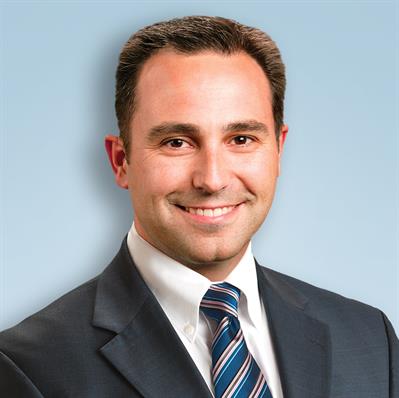
Sports Medicine

Joint Replacement

Joint Replacement

Joint Replacement
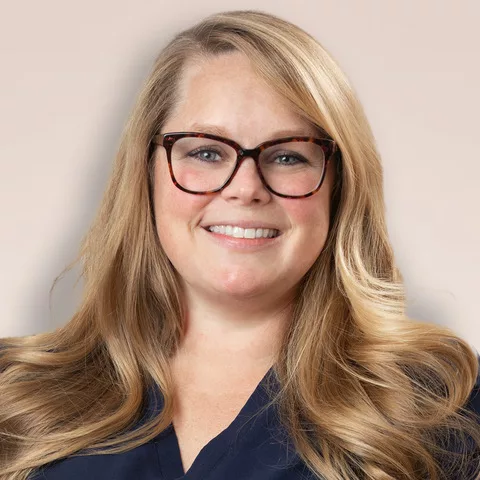
Shoulder
Questions?
The OPA team includes Alaska’s leading specialists and offers some of the latest, most advanced treatment procedures available today.
OPA treats a wide variety of conditions and offers comprehensive treatment options — including many non-surgical solutions, minimally invasive arthroscopies (repairs) and total joint replacement.
